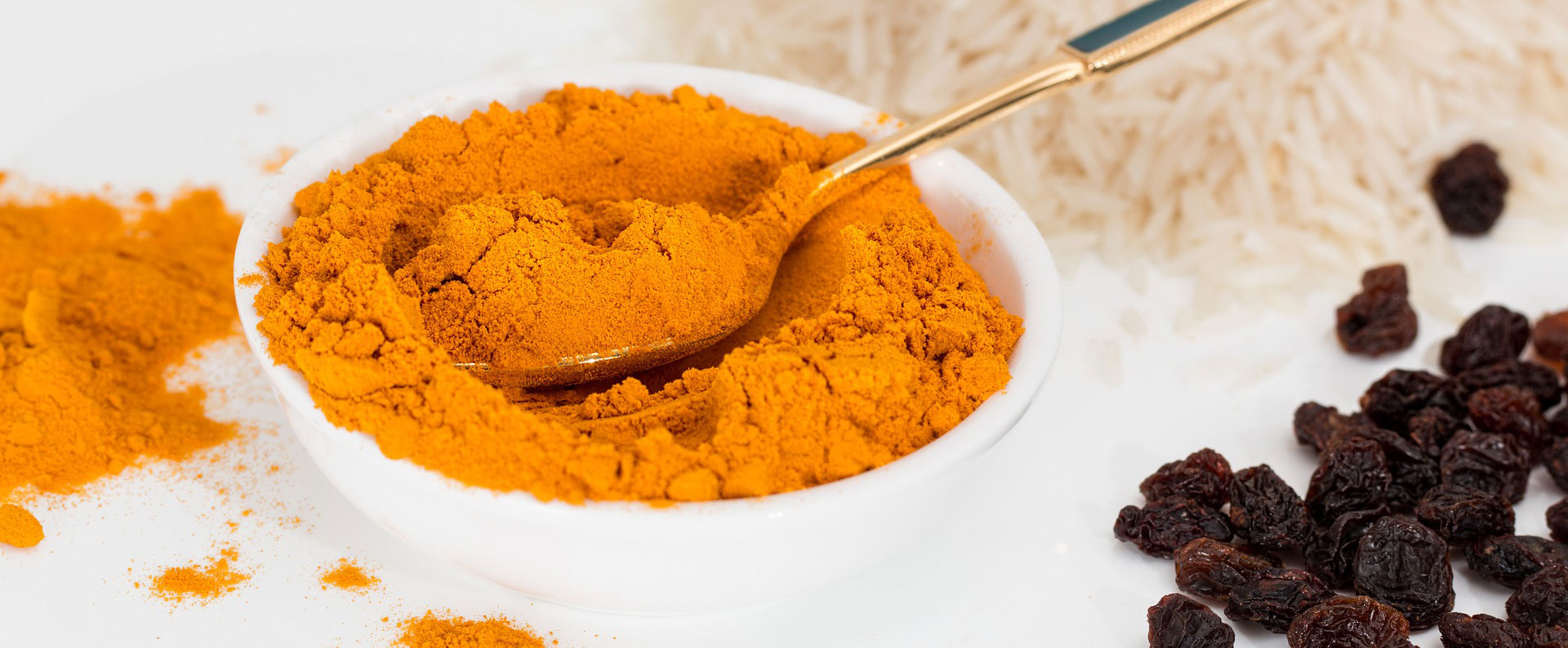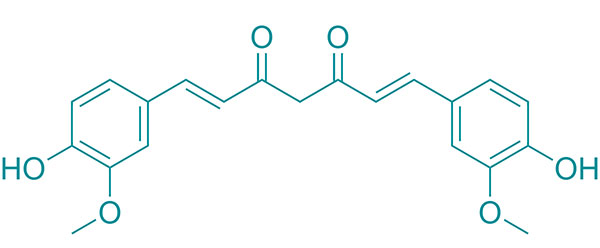


For most spice lovers turmeric holds a special place in their hearts, not only for its unique flavour, aroma and colour but also for the range of health benefits that it provides! Curcuma longa, widely known as turmeric, is a type of herb belonging to ginger family (Zingiberaceae) native to the Indian subcontinent and Southeast Asia. Turmeric is an important asset of Asian cuisine, while it has also been used for centuries in India and China as part of their traditional medicine.
Turmeric’s health benefits are generally centred upon curcumin, one of the three fat-soluble, polyphenolic pigments of the plant, known as curcuminoids.
Curcumin exhibits poor bioavailability alone, necessitating special formulations to be efficiently absorbed. It can be extracted to produce supplements, in order to improve its absorption and bioavailability and optimize its various pharmacological activities.
Curcumin is a symmetric molecule, also known as diferuloyl methane.
It has three chemical entities in its structure: two aromatic ring systems containing o-methoxy phenolic groups, connected by a seven carbon linker consisting of an α,β-unsaturated β-diketone moiety.
IUPAC name: (1E,6E)-1,7-bis(4-hydroxy-3-methoxyphenyl)-1,6-heptadiene-3,5-dione
Chemical formula: C21H20O6
Molecular weight: 368.38
Chemical structure:

Curcumin has gained worldwide attention for its biological activities (e.g., antioxidant, anti-inflammatory, antimicrobial, antiviral, neurotrophic) and is a widely studied natural compound that has shown great in vitro therapeutic potential.
The therapeutic usage of curcumin against different pathological conditions has been associated with its powerful antioxidant and anti-inflammatory properties.
Curcumin is thought to have an important role in the prevention and treatment of various conditions ranging from cancer to autoimmune, neurological, cardiovascular diseases, inflammatory diseases of the gut and skin, depression, heart disease, Alzheimer’s disease and diabetic.
Topically it has been used against sunburns, acne and other dermatological conditions. It is also considered to be a pain reliever, reputed to alleviate arthritis pain as well.
Many studies focus on the promising role of curcumin in cancer treatment, suggesting that it has protective effects against pancreatic cancer, prostate cancer, and multiple myeloma.
△